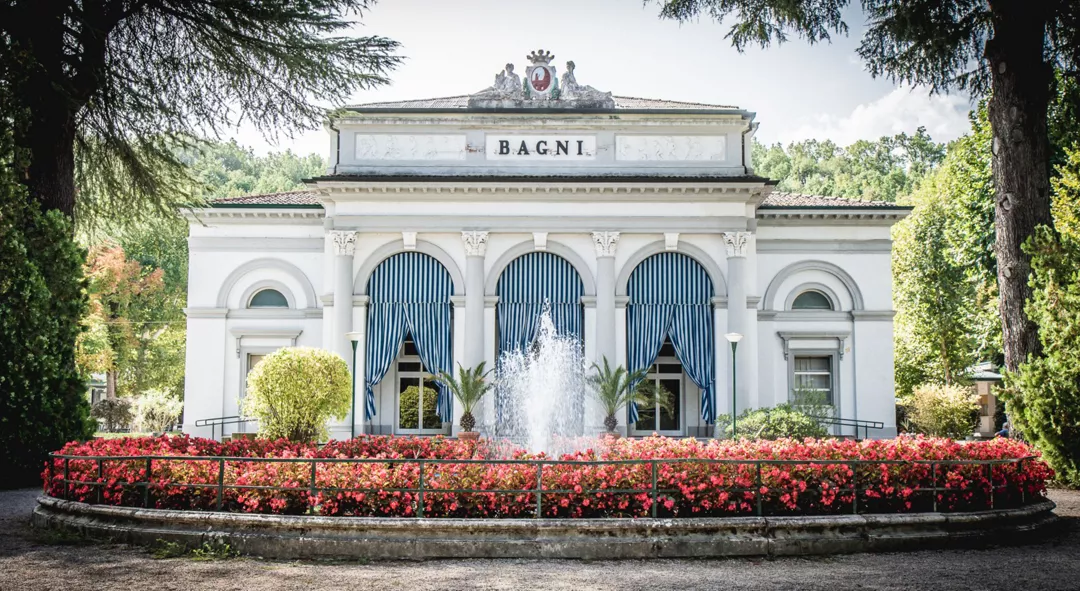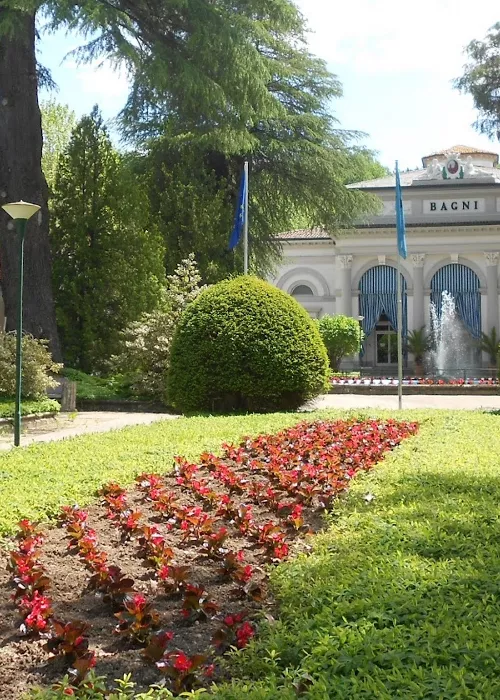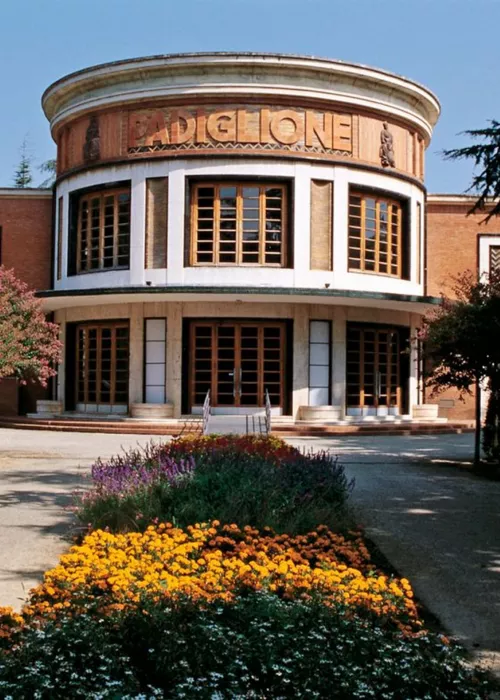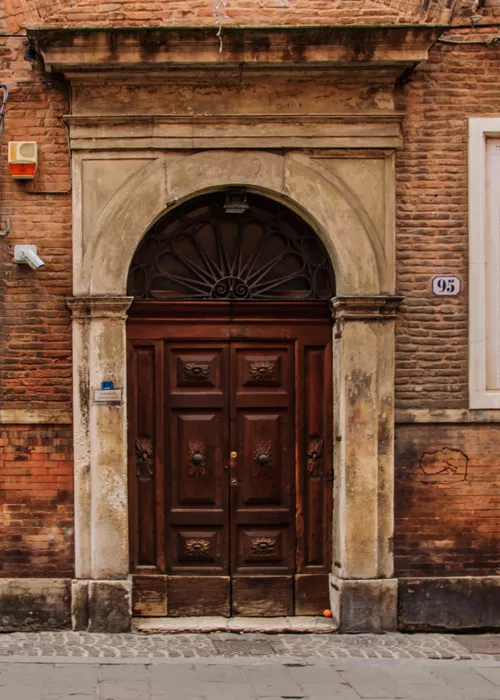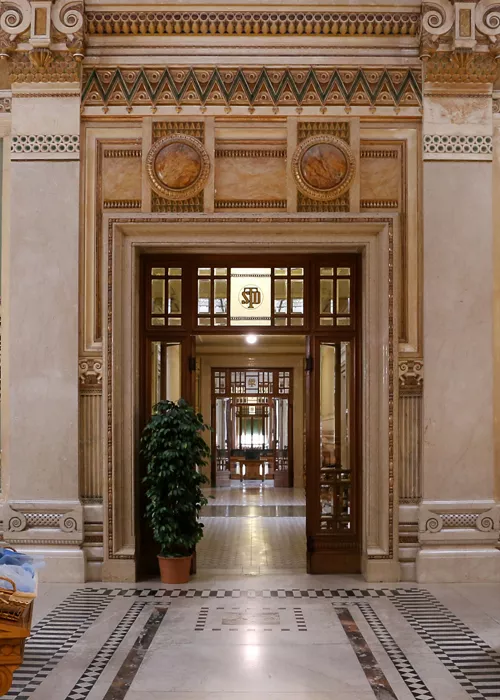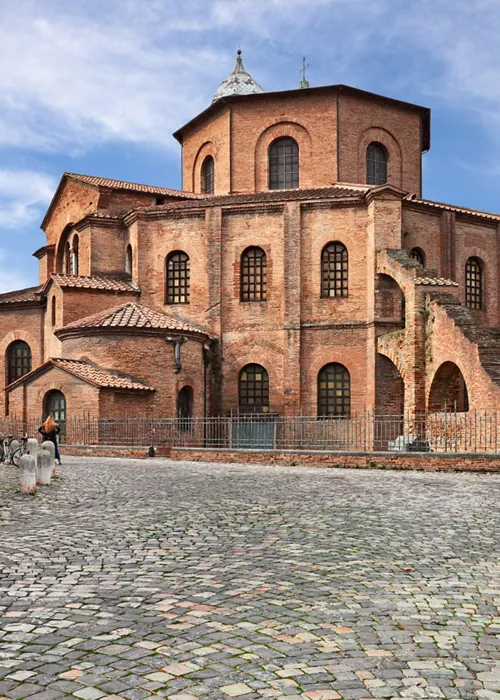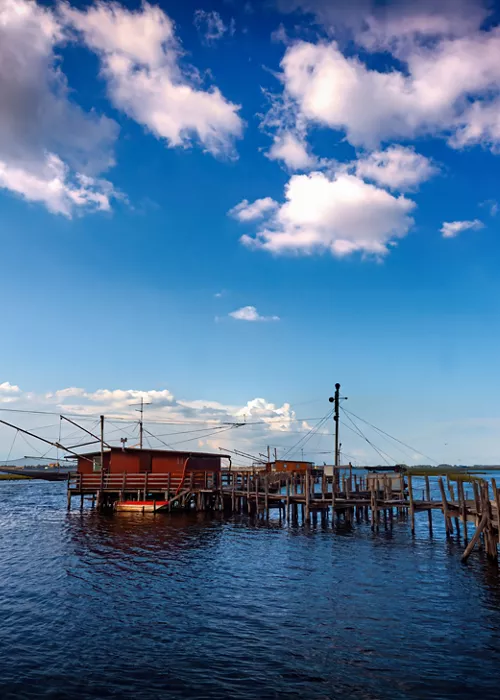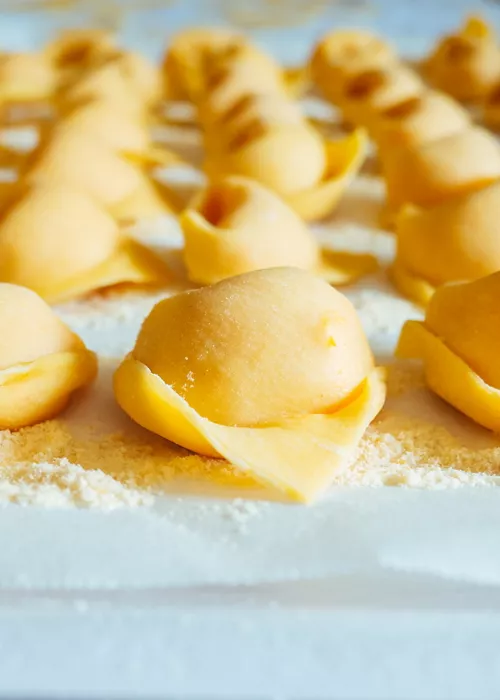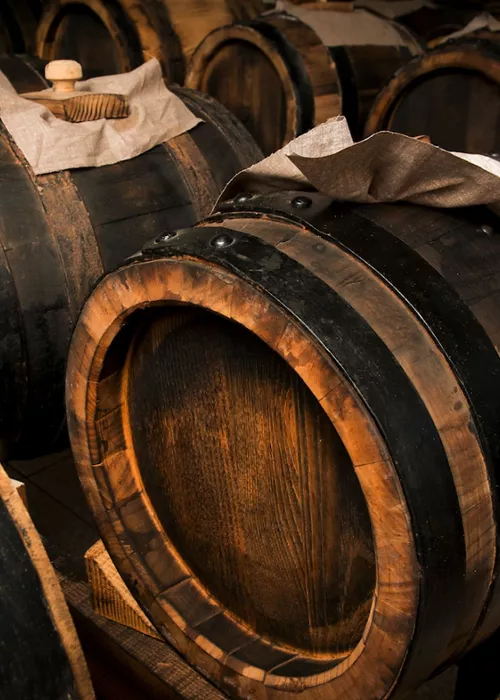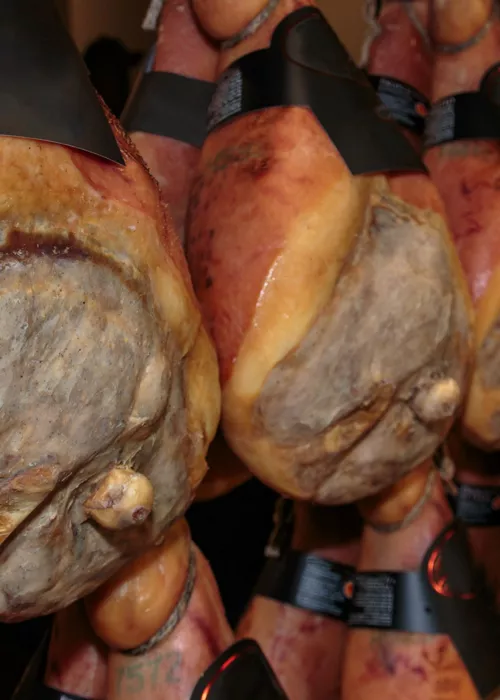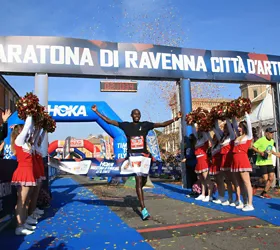Terme di Riolo: on the Apennines amid mud springs and treasures of the land
3 minutes
Lord Byron, Joachim Murat, the Bonaparte Princes and Giosué Carducci: these are just some of the illustrious guests who have stayed within Riolo's 14th-century walls since the Renaissance.
And what attracted them to the hills between Imola and Faenza, to this ancient village on the slopes of the Romagna Apennines, were the beneficial properties of its thermal waters. Want to know more?
A historic establishment with state-of-the-art therapies
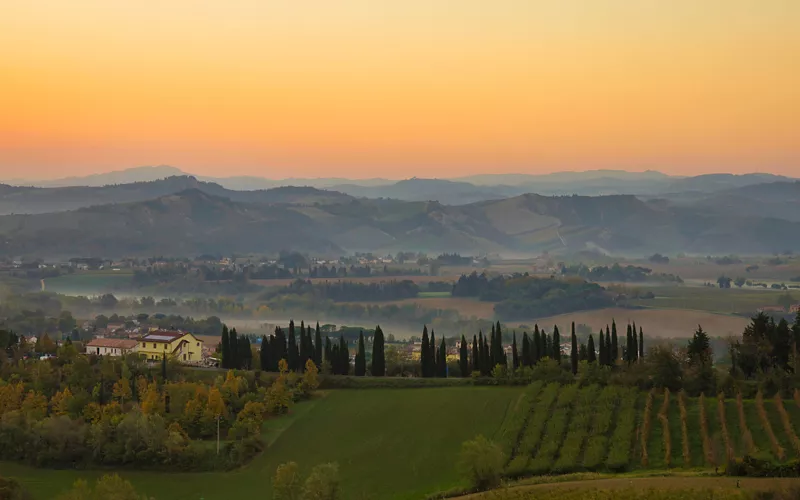
This was all before the elegant Art Nouveau pavilions of the current factory were erected in 1877 within a large park of centuries-old trees. This historical facility, however, offers avant-garde treatments, natural therapies, and innovative beauty and rehabilitation treatments, thanks to the medicinal action of the waters flowing from three different thermal springs: the Breta, the Margherita, and the Vittoria, excelling in a centre recognised by the Ministry of Health as a “superior level thermal establishment” and indicated in particular for the treatment of diseases of the digestive and urogenital systems and against metabolic disorders such as diabetes, obesity, and gout.
Mud springs: the black gold of Terme di Riolo

The treatment that makes the Riolo spa unique, and that you will not find in any other of the many spas in the Emilia-Romagna region, are the spring-mud baths: unlike prepared or artificial mud, this precious substance here is already naturally mixed with bromine and iodine-salt water from the depths of the earth and is propelled to the surface by methane gas and carbon dioxide. As it flows out, the mud forms small conical openings in the ground, called small volcanoes.
Due to their muscle-relaxing, toning and anti-inflammatory action, spring-mud baths are particularly recommended after intense physical exertion, e.g. after a long cycle, or to soothe joint injuries, and on the epidermis they have exfoliating and purifying properties. Activities in the warm and pleasant mud springs lend themselves particularly well to the recreational-therapeutic courses that the Terme di Riolo, a spa centre specialising in paediatric thermal cures, has set up for the youngest users: an original formula for curing oneself while having fun.
Alternative paths of well-being in the territory
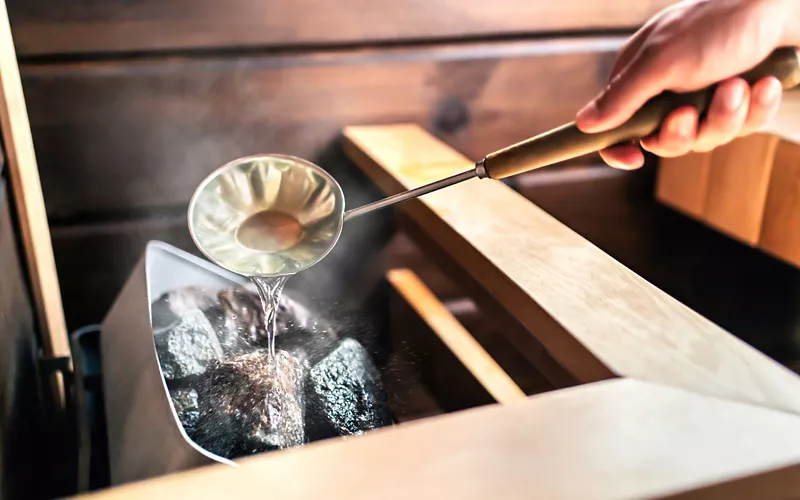
But the waters and mud are not the only attraction of this bucolic corner of Romagna: in addition to the therapies at the Spa, whose wellness centre houses athermarium, sauna, Turkish bath, water thunderstorm, emotional showers and facial and body treatments, you can combine alternative wellness itineraries outside, among the treasures of the area's environmental and historical-artistic heritage. Without going too far, the imposing Riolo fortress, with its three towers and square keep, erected by the Bolognese at the end of the 16th century, is worth a visit.
If you love open-air tourism, take some time to visit the Parco Regionale della Vena del Gesso Romagnola, a protected natural area in the northern Apennines, covering over two thousand hectares, distinguished by the long mountain ridge that runs through it, consisting almost exclusively of chalk, a natural paradise of three sinkholes and karst phenomena that has no equal, all to be explored through the dense network of hiking and mountain biking trails.
Rediscovering forgotten fruits
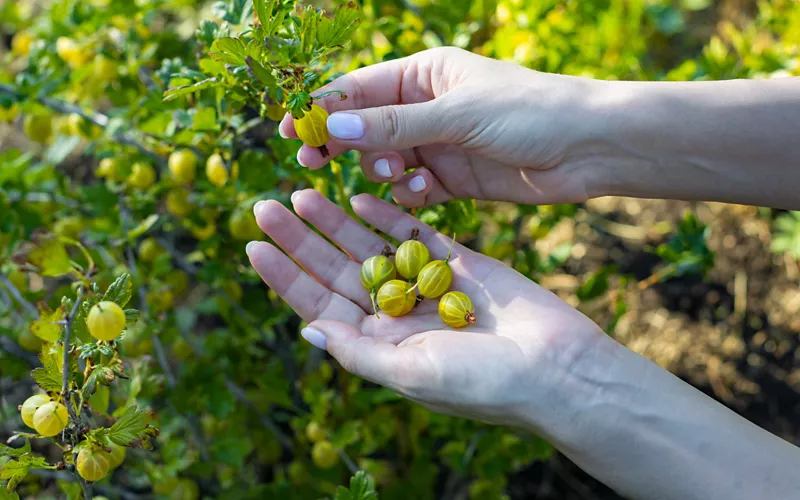
In the heart of the Parco Regionale della Vena del Gesso Romagnola, you will also find the village of Casola Valsenio, which boasts the title of "village of forgotten herbs and fruits", a symbolic place for the preservation of ancient farming traditions and the safeguarding of varieties of fruit trees now abandoned or taken out of production, and for its precious officinal garden, which holds many varieties of medicinal, cosmetic and aromatic herbs.
To celebrate Casola's vocation, every year, on the second and third weekends of October, the Festa del marrone e dei frutti dimenticati is held here, a market exhibition of autumnal products and ancient fruits, where you will find medlars, gooseberries, strawberry trees, cornelian cherries and all the other small autumn fruits forgotten in the transition from agricultural to industrial society. Guest of honour: the Casola Valsenio chestnut, pride of the area.

